What is merchandising?
Retailers both online and offline need to consider how to present their offerings to their customers. Many retailers will conduct their merchandising activities without even thinking about it – getting the products you want to sell the most of in customers just makes sense. But what is merchandising, exactly, and how can you get the most out of your merchandising activities so that your business can serve your customers effectively, ultimately maximising your profits.
What is merchandising?
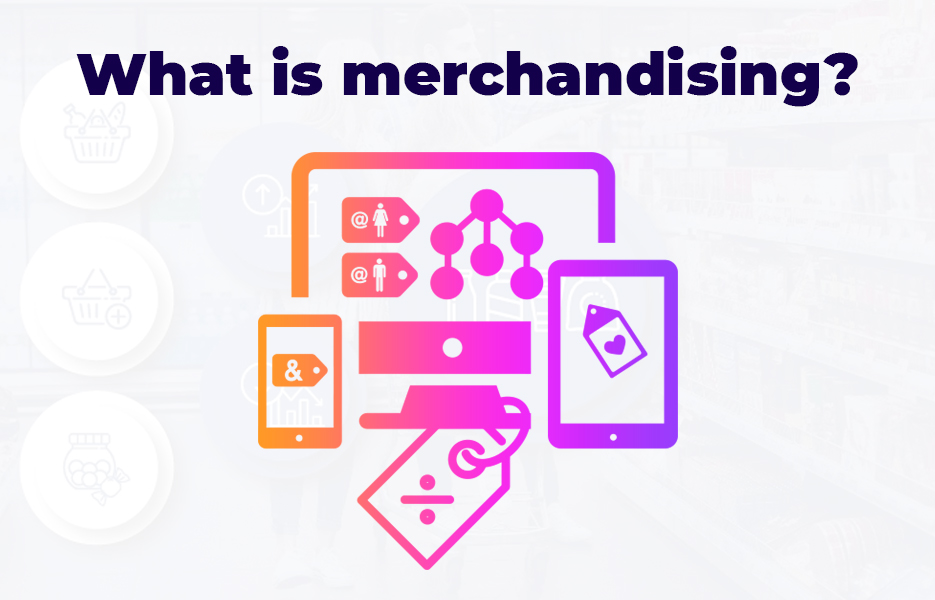
Merchandising is the way in which businesses promote goods (and services) that they have available for customers to buy. It includes activities such as showing the quantities of products, setting prices, displaying products in the most logical and effective manner, and the use of discount codes or coupons.
How does merchandising work?
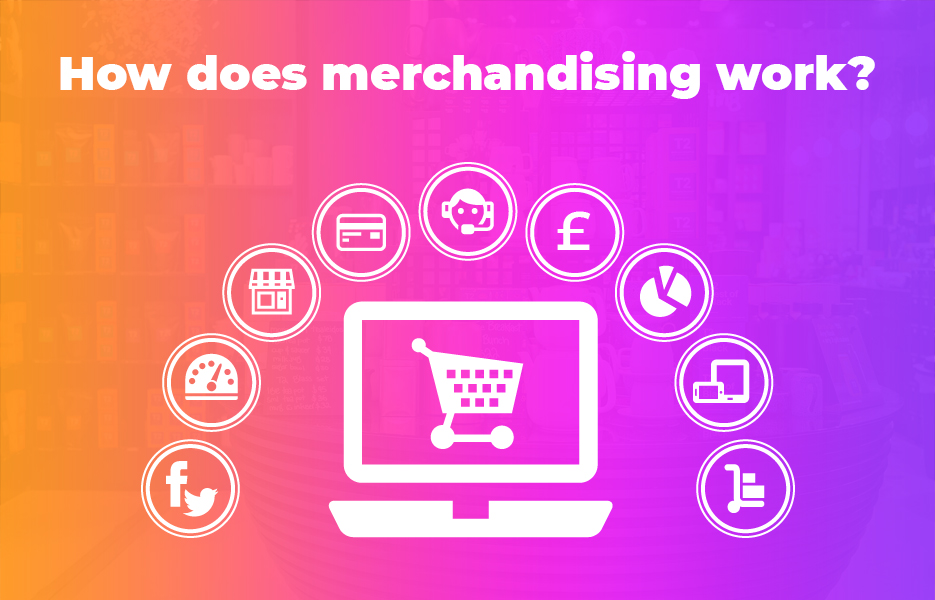
In traditional retail, merchandising refers to the arranging of products so that the items that were most likely to be popular – and newest items – are most easily found by customers. This includes using strategies such as:
- Using interactive displays that appeal to all the senses, including scents, music and motion or video technology
- In-store and window displays to showcase the products to their best
- Shelf signage and eye-catching stickers
- Creating themes and special offers to situate products together (such as for barbecues, Christmas dinner, Chinese New Year and so on)
- Free taste testing and in-store demonstrations or testing the product
- Giveaways and samples – especially where free gifts with purchase are utilised
- Eye-level product placement – ‘eye level is buy level’!
- Keeping shelves and displays fully stocked
Where retailers are using, or working towards having an omnichannel strategy for their customers, they may need to use some of these methods in combination with eCommerce merchandising.
Strategies for effective merchandising in eCommerce
In eCommerce the requirements are a bit different. Businesses aren’t working with a shop floor layout where customers can see what is ahead of them before they get there. They can’t use other sensory tools beyond sight and sound, and free giveaways or samples are a bit more tricky. Here are some of the most commonly used merchandising techniques in eCommerce:
- Live chat support – this will help customers who are on the fence about a decision, especially if they have a particular question about the product that they are considering
- Ensuring the search bar is in a prominent position on the website, easy to see and accessible
- Offering free shipping, or a range of shipping options
- Status bar showing progress during the checkout process – although there should be as few clicks as possible to complete a purchase
- Arranging product pages according to the seasons and holidays, creating specific landing pages and special offers for the occasions
- Creating well-rounded listings that use images from multiple angles, product descriptions with accurate and descriptive copy, product features, videos and links to external content where appropriate
- Product recommendations – e.g. ‘customers also considered this item’
- Advertising banners, especially where promotions are applied to that item or there are sales in progress
- Ratings and reviews – both on-site and external
- Cross-selling, upselling and bundling to maximise the size of the customer’s basket
- Categorising the products in a logical manner
- Adding ribbon overlays to emphasise something special about a product, such as if it is a bestseller, there is free shipping, it is in the sale, or is new to the store
These aren’t the only merchandising techniques you can use – there are others that can be deployed by your web developer. Finding the merchandising methods that work best on your eCommerce store will depend upon the type of customer you’re targeting, as well as the design of your store. Doing research around your competitors, and websites that are targeting a similar type of customer to you will help you to identify the sort of strategies that will work best for your store.
And don’t think that if you sell on marketplaces and not on your own website that you don’t need to consider merchandising, think again. Merchandising rules apply to your listings on marketplaces too – you still need to think about the quality of your product images, ensure that your product descriptions are accurate and if you have video content to enhance your listings, you upload that too. If you have control over the kind of design you can add to your listing – especially if you can add branding to your listing – then you should take the time to do so. Having your branding showing on a listing (assuming it is high quality) means you will be more likely to make a sale, as customers will be more inclined to trust your brand, and they will be able to find your business via other means, such as social media. This gives them more reason to trust your brand, may mean they follow you to find out more about you, which could lead to potential sales in the future as well. Makes sense, doesn’t it?
Why is merchandising important for customers?
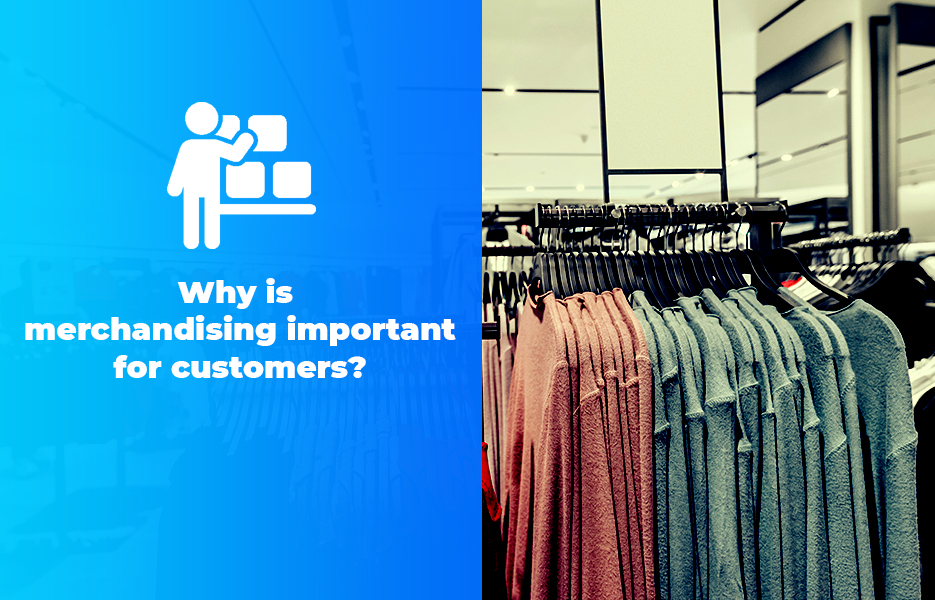
Merchandising doesn’t just provide tools to increase your sales. It will help you increase sales, and in turn, your profits, but it is also there to help your customers find their way too, since you’ll be merchandising your store based on how you want customers to find your products.
By showing a variety of products to your customers, rather than just showing them what they might be looking for means they are more likely to find something that they want to buy from you. If the choice of products doesn’t inspire your customers as soon as they enter your store, or open your website, they’re likely to go elsewhere.
A careful merchandising strategy will ensure that the products your customer is likely to want will be nearby the product they’re looking at. For example, in a fashion retail outlet, raincoats may be situated near wellington boots, and umbrellas. This is known as product placement, and is widely acknowledged as being an effective strategy to boost sales. By situating the products in a specific area, customers are more likely to look at these products, and make an additional purchase.
What are the advantages of merchandising for retailers?
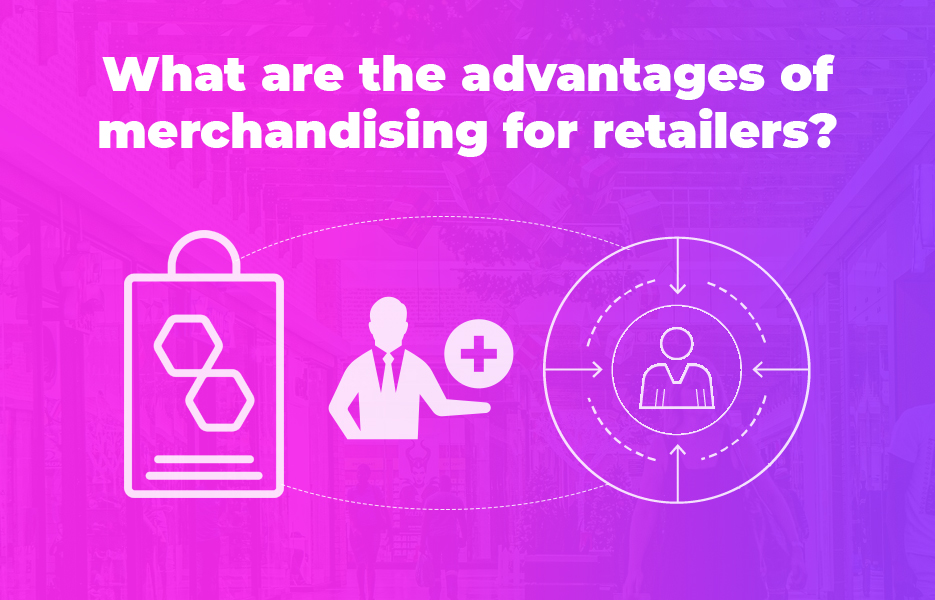
The main reason for merchandising is to increase sales and to extract higher profits. Where stores are able to create a great shopping experience, with a straightforward customer journey to completing their purchase, customers will be more likely to return. Other benefits that retailers may see from effective merchandising include:
- Greater customer satisfaction, which leads to good reviews and word of mouth
- Increased customer engagement, because they are spending more time on the website
- Faster inventory turnover, which helps with cashflow and to maintain customer interest
- Better brand loyalty, which leads to customers recommending the store to friends and family
- Increased brand recognition, from customers sharing products and their experience on their social media
Again, these aren’t the only reasons to merchandise your store effectively. By rearranging the look and feel of your store, you may find other unexpected benefits – most of which will add up to your business increasing sales, and becoming more successful all round.
Retail calendar cycles
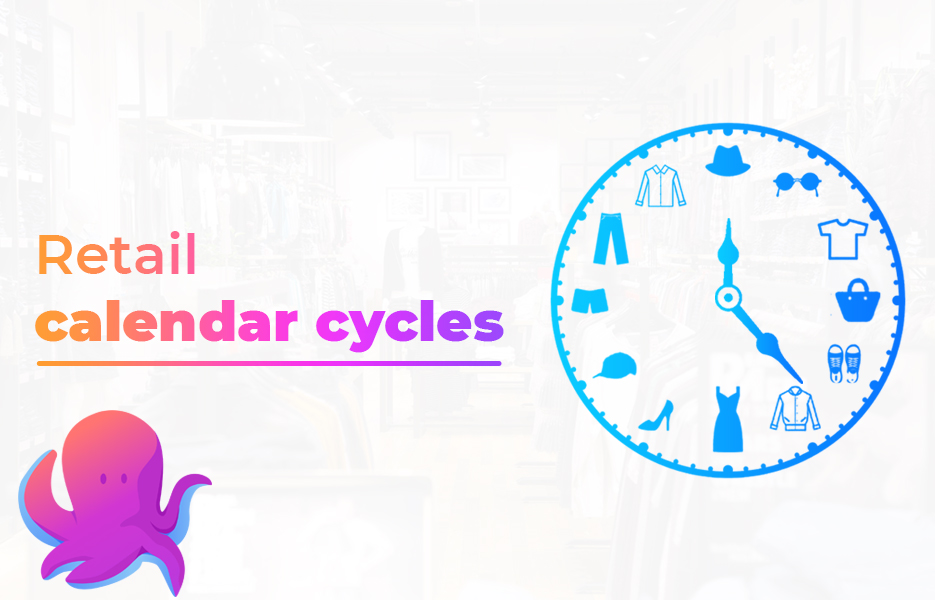
When creating a merchandising strategy, (or indeed, strategies!) businesses need to take into account their target customers and the territories in which they are operating. In the same way that you follow the calendar to target customers for different social media opportunities throughout the year, remerchandising your store for those particular holidays and events just makes sense.
In western countries, retail cycles generally follow this pattern:
January tends to see the end of the new year sales, to Valentine’s Day in February. After that, Easter becomes the focus, followed by May bank holidays and the start of summer. Once summer starts, ‘back to school’ takes priority, then autumn celebrations including Halloween and bonfire night (Guy Fawkes’ night), Thanksgiving (followed by Black Friday) and into Christmas.
Of course, we’re posting in the UK – other countries will have different sales priorities at different dates, such as the Fourth of July, and different retailers will focus on different celebratory occasions, such as graduation and wedding season.
For a more complete view, there are plenty of retail marketing calendars available – although many businesses will be taking a very different approach in 2020 to how we expected when many were published! This calendar is a great example, but find one that works for you and ensure you consult it ahead of time, so you can get the most out of it, for both your merchandising and your social media activities.
Whether your business is purely eCommerce, you have a retail outlet or you’re managing a combination of the two, effective merchandising is going to be essential for your success.
- Merchandising is essential for businesses that have a retail sales element
- Merchandising is beneficial to customers as it helps them find the products they’re looking for quicker
- Merchandising helps businesses to increase sales and in turn, raise their profits
- Merchandising activities are different between traditional retail outlets and eCommerce stores
- Merchandising can follow similar calendar cycles as social media activities
Whatever your business, carefully considering your merchandising – how you present your products, or your services to your customers – will help your business to be more successful.

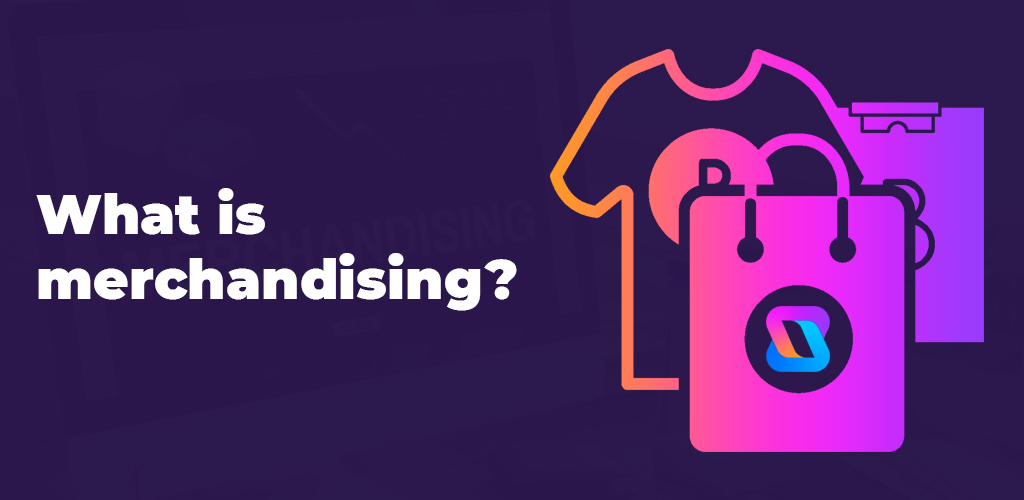


DropShip products from verified suppliers to diversify your inventory and scale your eCommerce business